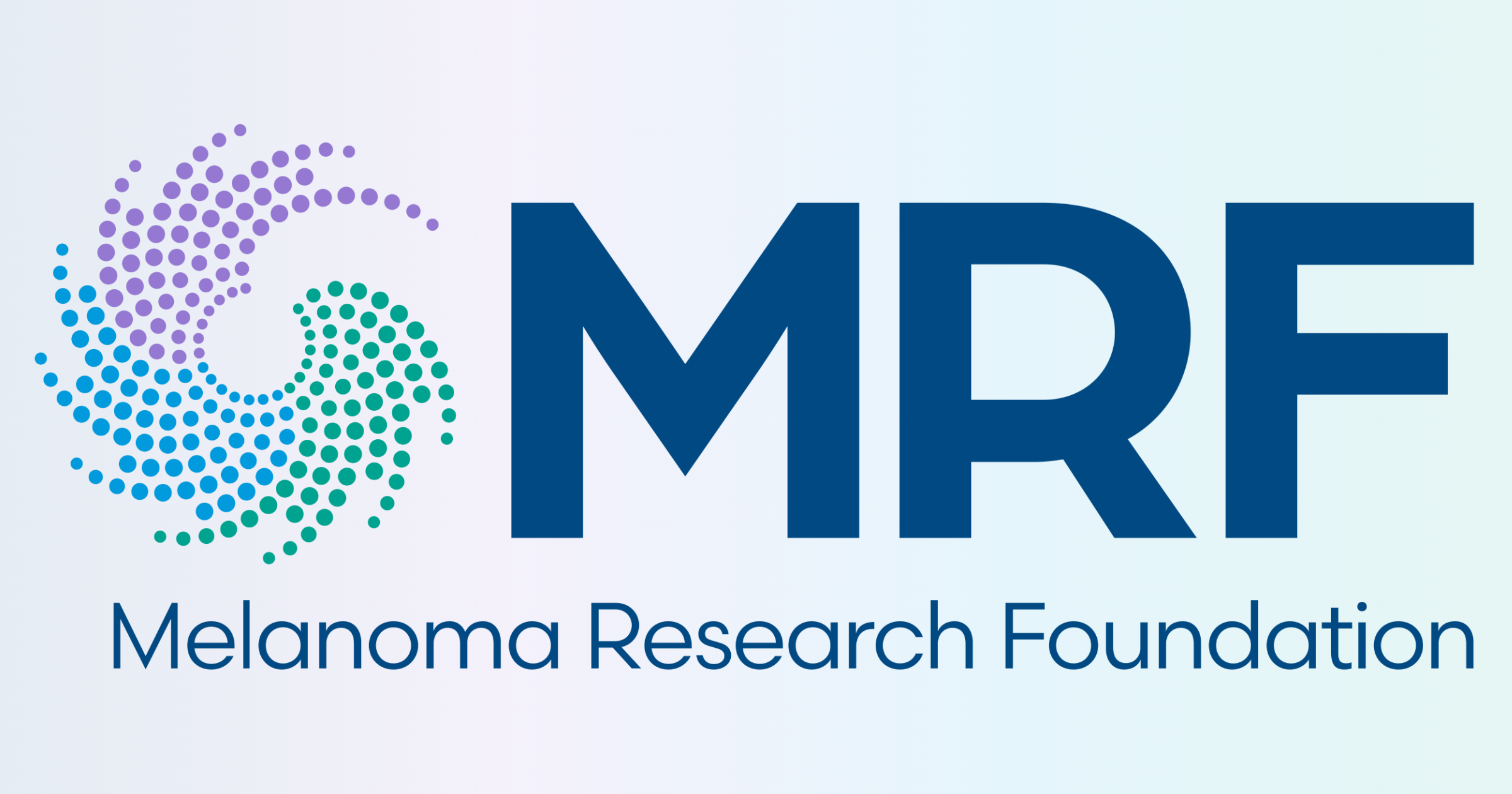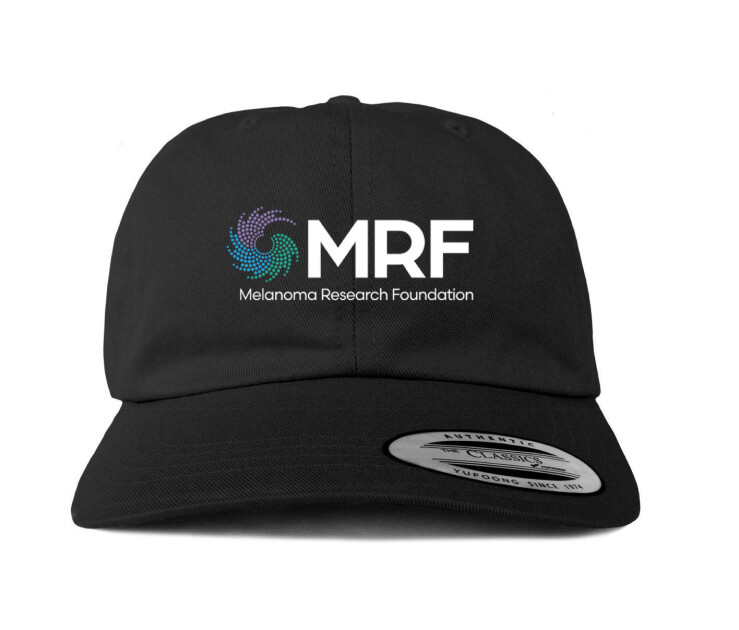Pedigree Approach to Identify Predisposition Variants for Lethal Melanoma

Lisa Cannon-Albright, PhD
Established Investigator Award
University of Utah
In honor of Katie Morgan
Co-PI: Kristina Allen-Brady, PhD
Lisa Cannon-Albright‘s Abstract
Analysis of large families with more disease than expected has been shown to be a powerful way to identify cancer predisposition genes. We have used this approach in Utah to identify the major cancer genes BRCA1, BRCA2, as well as CDKN2A (identified in Utah and Texas cutaneous malignant melanoma (CMM) pedigrees). We have used the Utah high-risk pedigree approach more recently to identify genes for many cancers, including GOLM1 for CMM, as well as genes for other cancers (colon cancer, breast cancer, prostate and bladder cancer) and other disorders (e.g. Chiari malformations, osteoporosis, and Alzheimer’s). We propose to efficiently use this same approach here for an available resource of melanoma cases who died from their melanoma (lethal melanoma) and who belong to high-risk Utah melanoma pedigrees. In our Genetic Epidemiology Biorepository, we have 904 stored germline DNA samples from melanoma cases who are members of extended Utah pedigrees with a significant excess of melanoma (high-risk pedigrees). Among these sampled Utah cases there are 55 who have a linked Utah death certificate showing that melanoma was a contributing cause of death (lethal melanoma). Three of the pedigrees include 3 related affected sampled melanoma cases; the other 14 pedigrees include 2 related affected sampled melanoma cases.
We will perform whole genome sequencing (WGS) on these samples. We will apply a unique approach that includes analysis of the genetic sequence data to identify the rare genetic variants that are shared among these related Lethal melanoma cases; this will identify a set of strong candidate predisposition genes/variants for lethal melanoma. We will validate our candidates by testing for association with melanoma risk in publicly available data for independent populations of melanoma cases and controls (e.g. UKBiobank, VHA MVP, AllofUs). We will identify our top 10 candidate variants. We will assay the best candidates in the set of additional previously sampled and melanoma affected relatives of the affected cousin carriers (from our Biorepository) to confirm segregation in pedigrees. Identification of additional genes and variants responsible for lethal melanoma will improve identification of those people at most risk, will expand our understanding of the causes of lethal melanoma, and will allow the application of powerful screening and prevention strategies for this deadly cancer.




